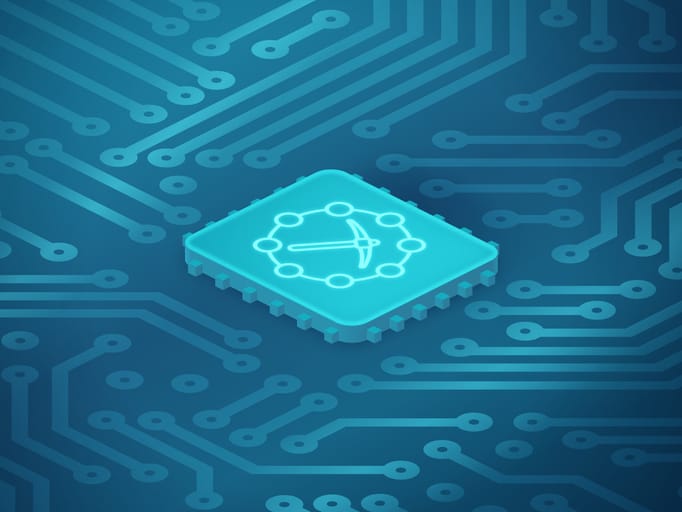Blog
Process Mining for Automation Gold | Blog

The process automation market is evolving in more ways than one. Many organizations are taking the next step of complementing Robotic Process Automation (RPA) with Artificial Intelligence (AI) solutions such as virtual agents and intelligent document capture. Others are looking deeper into their business functions with process mining and discovery software to scale automation and capture more returns from them.
Process mining and discovery solutions automate a part of automation itself. This is effectively mining processes for elusive gold opportunities for automation.
Process Miners
Process mining software has been around for a while and can be used for many purposes, but several vendors have made a name for themselves in the automation space, e.g., Celonis and Minit. These types of solutions use application logs to reconstruct a virtual view of processes. They discover business process flows and models, and provide process intelligence analytics. They can even suggest how to change a process using smart capabilities. The result is information that allows organizations to decide what process to automate next.
Some service providers have developed their own capabilities in this space as well. An example is Accenture, which uses process mining for automation as a competitive differentiator.
Valuable as it is, however, process mining also has its drawbacks. For example, it requires a lot of data. And if you want to find opportunities among processes that go across enterprise systems, you need to integrate the logs from these systems, e.g., build a data warehouse. Those of you who have built data warehouses know what a massive pain this can be.
Process Discoverers
While process miners can also do process discovery, several RPA vendors – including EdgeVerve, Kryon, and Nice – are offering new solutions. They’re using their desktop automation and action recording capabilities, complemented with AI, to capture and reconstruct what the human worker does, and then map and analyze the actions to identify opportunities for automation. Process discoverers do not require a load of application data, but they do come with their own challenges. For example, a recording may not capture the full set of relevant steps. And employees may have concerns around privacy.
The Art of the Possible
So, is it worth it to use process mining and discovering solutions despite their downsides and flaws? Yes, absolutely. But curb your enthusiasm, set expectations at the right level, and go for the art of the possible.
For example, there are many opportunities for automation within individual applications, without having to include processes that go across systems. And, you can use human intelligence to manually fill in the gaps and augment the findings of an automation discovery tool, even though doing so is going out of fashion.
With yet another category of software coming to the fore, enterprises would be right to feel that they are on a technology investment hamster wheel – there is no end to the cycle. After all, in recent years we have had the huge wave of RPA adoption. And today, in addition to competitive pressure to invest in AI-based automation, enterprises are having to evaluate process mining and discovery as well.
The good news is that automation can generate significant returns on investment. Our research and interactions with enterprises have shown this to be the case time and again. Process mining is another piece of the jigsaw, and it can help you find more automation gold.
Everest Group will be publishing a detailed viewpoint on process mining and discovery very soon. Be sure to keep an eye out for it, so you can mine it for gold.